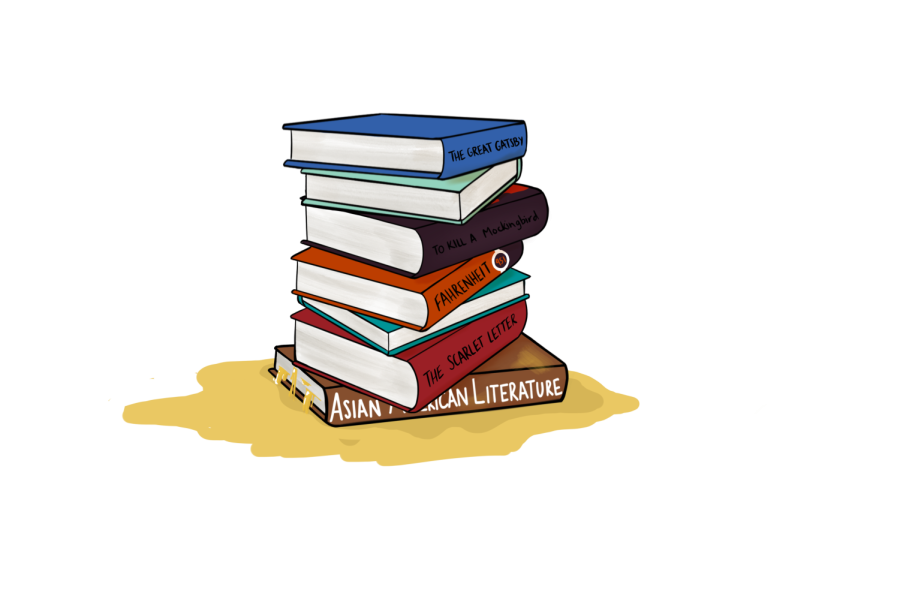“It’s tiring being the person to speak up for your own race in an environment that’s all white.”
Few, if any, books in the K–12 curriculum feature Asian protagonists or settings.
Last spring, juniors read “The Things They Carried,” a collection of linked short stories about a Vietnam War American infantry platoon, based on the wartime experiences of author Tim O’Brien.
In one section, American soldiers were burning the village of Than Khe and its inhabitants, yet Dian Yu and Lauren Campbell’s AP English class was lamenting the death of a dog.
“Human beings were just burned alive, and they cared about the puppies more,” Yu said. “There was a lot of dehumanization in the book that wasn’t addressed at all.”
English teachers had been meeting in preparation for teaching the novel.
“Our discussions involved topics like how to handle the incidents in [the chapter] ‘Lives of the Dead,’ when O’Brien writes about how soldiers dealt with the horrible things they were doing,” English teacher Warren Rawson said. “We talked about how we would try to present that and deal with the inevitable questions.”
English teacher Kristiane Stapleton spends hours combing through texts and articles to learn about difficult topics and to feel comfortable teaching a work to students with diverse perspectives.
“Whenever I teach a text that isn’t as familiar to me, I’m full of disclaimers and acknowledgements,” Stapleton said.
Over the summer, Stapleton read “as much AAPI literature as I could get my hands on.”
“I learned from working at the University of Houston that if I didn’t teach these texts, my students weren’t going to get them,” Stapleton said. “It’s more important for students to see that kind of representation, to see themselves and also the possibilities for reframing identity, than it was for me to always be right or to be safe.”
Stapleton and other AP English teachers also incorporated supplemental texts by AAPI authors. Yu appreciated that her teacher introduced new perspectives. While Yu offered her thoughts more frequently than during other discussions, classmates would sometimes check their phones or look around the room.
“The intentions were good, but the meaning was not there,” Yu said. “It felt like tokenization, very thrown-in and not connected to the bigger picture.”
Kate Vo appreciates that Stapleton, who was her teacher, pulled her aside one day and reassured her that she did not have a special responsibility to educate her peers and encouraged her to reach out if discussions ever made her uncomfortable.
“It can be scary sometimes, but I wanted to do the emotional work to frame this and set this up for my students, because it’s not fair for them to have to do it,” Stapleton said. “I don’t ever want a student to feel tokenized or to feel like they have to be that voice.”
Some students, however, felt like they had to do that work.
While AP English classes were reading “The Things They Carried,” junior history classes had yet to cover the Vietnam war. The previous year, some sophomore classes did not cover the Vietnam War amid Covid lockdowns. With little historical context — and without a competing narrative — many students trusted O’Brien’s perspective.
“We were an impressionable audience, so we absorbed whatever was given to us [from the text],” Vo said. “And what was given to us was from the perspective of a white man, demonizing an outside country, so we saw Vietnam as uncivilized and the enemy.”
Maria Cheng also felt frustrated at the “one-sided” presentation of the war. She stressed that offering multiple perspectives would allow for comparison and contrast, a crucial tenet of a rigorous education.
Campbell, whose mother is a Vietnamese refugee and whose grandfather served in the South Vietnamese Special Forces, was frustrated by the passages that contradicted her family’s first-person accounts.
“It was not an accurate representation of Vietnamese people,” Campbell said. “Every day, I would come home and tell my mom about all these ridiculous things people would say during class, basically describing Vietnamese people as barbaric. It opened her eyes to how America still has a long way to go.”
Yu said that a broader understanding of the Vietnam War may have brought further awareness to the underlying racism of the novel’s American protagonists. While reading passages aloud, students would unknowingly repeat racial slurs because they did not know their meaning.
“We just jumped right into it,” Yu said. “There was nothing about how they’re being racist and silencing a group of people’s voices.”
Vo and Campbell said that when their English and history classes covered the Vietnam War, discussions focused more on political ramifications instead of how Americans destabilized the country and impacted the lives of millions of Vietnamese. Campbell also noticed that many of her classmates viewed the Vietnam War as a distant conflict that does not affect their lives.
“People don’t realize that there are refugees from the Vietnam War who are middle-aged people today,” Campbell said. “They’re not on their deathbed. They’re people’s parents.”
Yu struggled to find ways to point out the “problematic racism and blatant discrimination” in “The Things They Carried” without seeming hypersensitive or unpatriotic.
“I felt pressure to try to prove that I’m not anti-American,” Yu said. “I’m very much for our country, but that doesn’t mean that I can’t call out racism.”
Vo and other Asian students were hesitant to speak up about the racist elements of the book because classmates were often unreceptive and would redirect conversations when race was mentioned.
“We aren’t comfortable talking about race because it forces white people to look at their privilege,” Vo said. Yu added, “It’s not the Asian kid’s burden to bring up the unjust parts of the book — it’s tiring being the person to speak up for your own race in an environment that’s all white.”
Once, Yu pointed out an example of racism exhibited by the protagonist — a semi-autobiographical representation of O’Brien himself. Her comments provoked resistance from her classmates, five of whom began “teaming up to explain racism to the Asian person.”
“Nobody had my back that day,” Yu said. “After that class, I was much more hesitant to participate in discussions because I was scared knowing that no matter what I said and how I said it, others wouldn’t understand.”
Rachel Chih says that Asian American students should not carry the entire responsibility to speak up about problematic comments or actions.
“I don’t want to play into that stereotype of not wanting to rock the boat, but at the same time, sometimes, I’m tired,” Chih said. “Sometimes, I don’t want to talk about it.”
Some juniors expressed their concerns in an April meeting with English teachers, proposing a list of books that offered perspectives from different sides.
“It was very engaging and thought-provoking,” Rawson said, “particularly with respect to how the students could point to certain passages and chapters and describe their responses in ways that I hadn’t thought about before.”
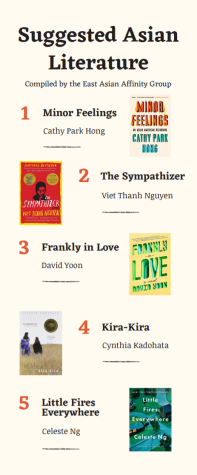
In Campbell’s English class, one student expressed doubt regarding the feasibility of finding an Asian perspective due to the supposed dearth of Asian-authored texts.
“For what reasons? Why? Because you think Vietnamese people can’t read or write?” Campbell said. “There is systematic racism within publishing, but that doesn’t mean there’s nothing out there.”
Few, if any, books in the K–12 curriculum feature Asian protagonists or settings.
“This was the first Asian literature book we had, and it was from the point of view of a white person at war,” Campbell said. “You didn’t hear the voices of any Asian people.”
In Rawson’s 22 years of teaching at two schools, the curriculum has only included a few works written by Asian American authors.
“That’s an omission that the junior AP English team has been super aware of,” Rawson said. “We’ve been trying to work it in for the past few years and talking about ways to make the curriculum broader.”
Chia-Chee Chiu emphasizes the importance of diversity not only in literature, but also the curriculum.
“It’s important to see yourself reflected in the stories, and that you’re part of the narrative,” Chiu said.
As co-president of the East Asian Affinity Group, Yu stresses the importance of reading works by Asian authors. This year, she and the EAAG board compiled a list of Asian literature for students.
“These books are so relatable,” Yu said. “It helps you work through your thoughts and feelings about being Asian American because the authors put it so well.”
Using the meeting with Asian American students last year as a starting point, English department members have read additional texts and are examining short stories and nonfiction articles to include in the curriculum.
“We always ask: What can we do differently? What can we include? What needs to go away?” said Rawson, who described covering the novel as a perpetual learning process for all involved. “We’re trying to figure out how we can expand the reach of the texts.”
Return to cover page.
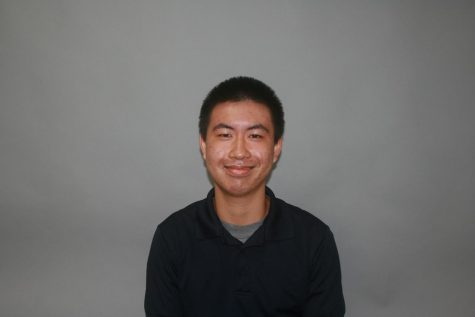
Russell is a senior in his fourth year on Review. He's a milk tea fanatic, and whenever he's not writing or editing, he most enjoys running, eating, sleeping,...
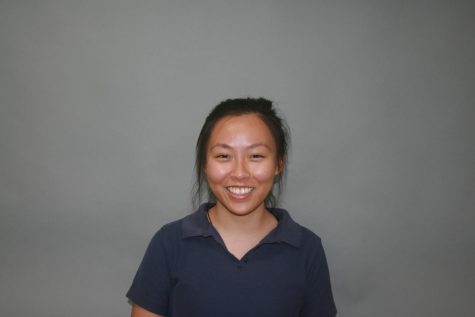
Ella is a senior in her fourth year on Review. Her dream is to go skydiving, and she's addicted to Honey Nut Cheerios.
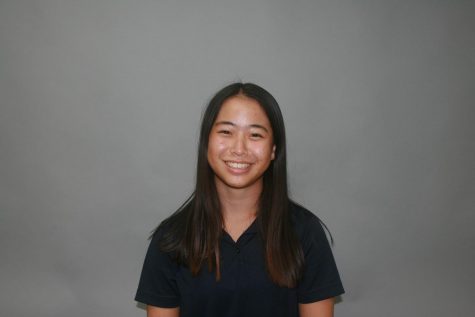
Ashley is a senior in her fourth year on The Review. She enjoys playing golf, baking and, to be honest, does not remember the sleep assembly.
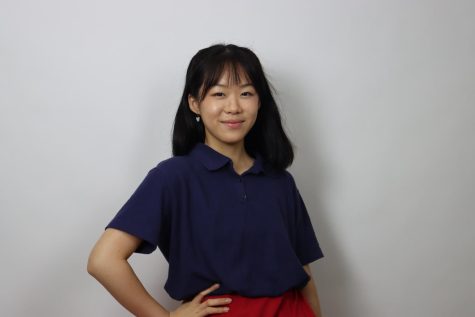
Diane Guo ('23) joined The Review in 2019 as a freshman. She likes drawing flowy hair, drinking Yakult Lite and trying minimalist graphic liner styles.
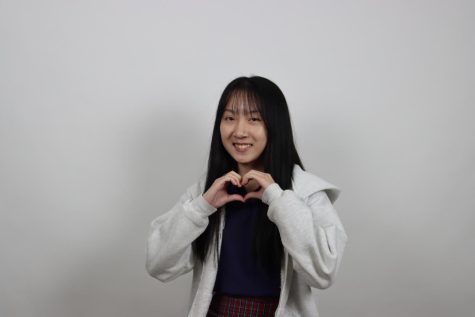
Alice Xu ('23) joined The Review in 2019 as a freshman. Her favorite boba order is strawberry black tea with tapioca and less ice, and she likes...




